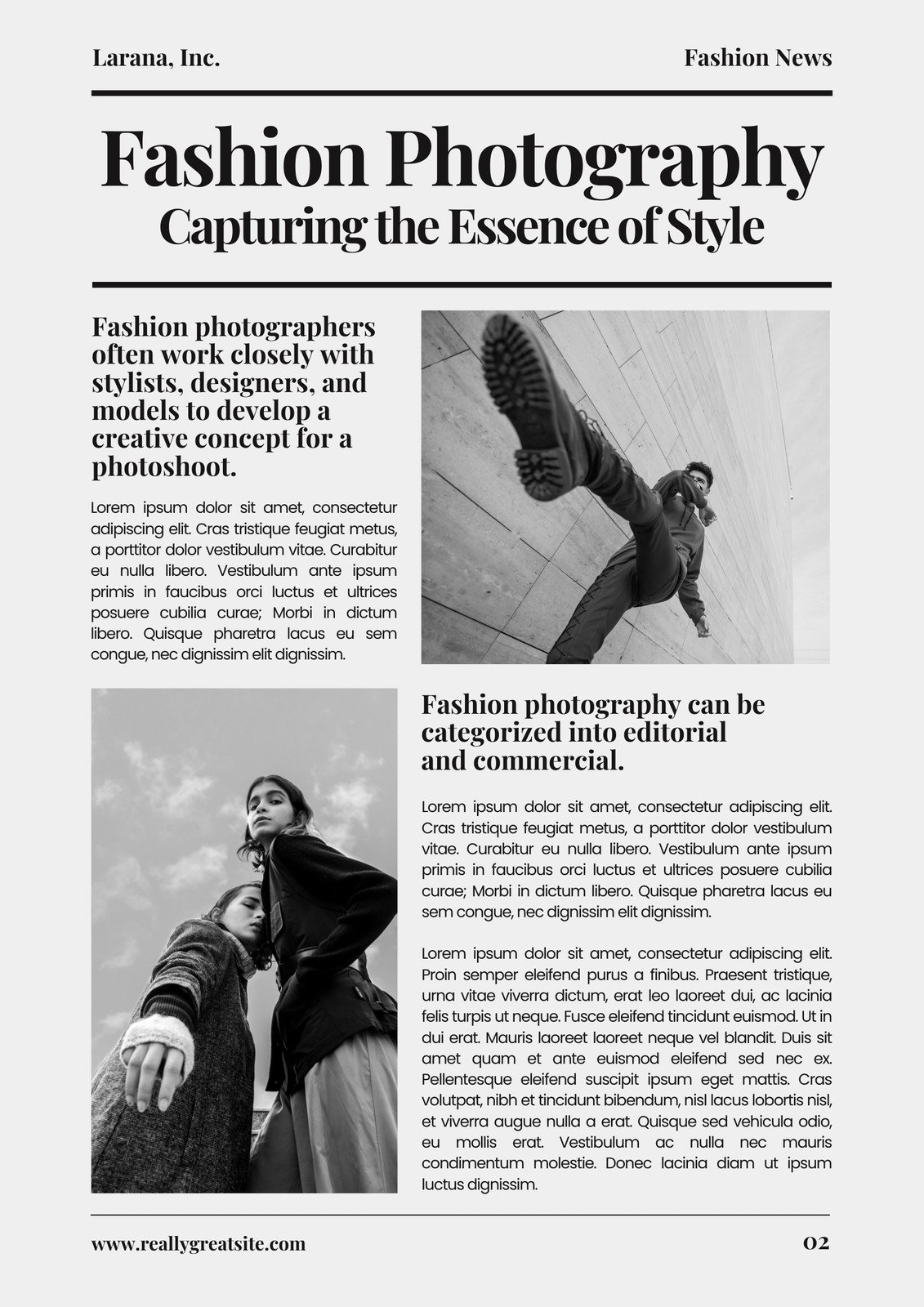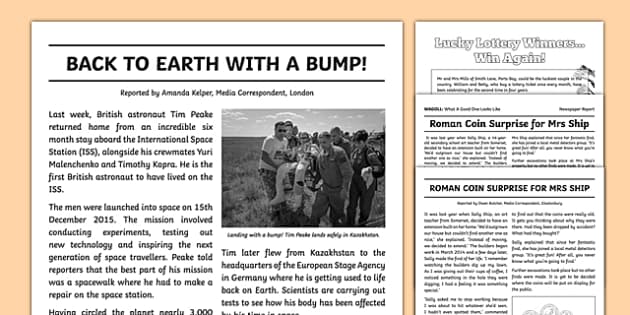Some Known Details About News Articles
Some Known Details About News Articles
Blog Article
The Only Guide for News Articles
Table of ContentsThe Facts About News Articles RevealedNot known Details About News Articles The Best Guide To News ArticlesWhat Does News Articles Mean?All About News Articles
Great knowledge of various subjects provides pupils an one-upmanship over their peers. Even though digital and social networks are readily obtainable, we ought to not neglect how crucial it is to read the papers. Moms and dads should attempt and instill the practice of reviewing a newspaper as an everyday regimen to continue the tradition of the adored print tool.Newspaper article additionally include at the very least one of the complying with vital qualities loved one to the intended audience: distance, prestige, timeliness, human passion, strangeness, or effect. The related term journalese is in some cases made use of, generally pejoratively, to describe news-style writing. Another is headlinese. Papers typically adhere to an expository writing design.
Within these limits, newspaper article also aim to be comprehensive. Other factors are involved, some stylistic and some derived from the media kind. Amongst the bigger and a lot more revered papers, justness and balance is a major consider presenting details. Discourse is generally constrained to a separate section, though each paper may have a various general slant.
Newspapers with an international target market, for example, tend to make use of a much more official style of composing. The certain choices made by a news electrical outlet's editor or content board are commonly gathered in a design overview; common design guides consist of the and the US Information Style Book. The primary goals of information writing can be summarized by the ABCs of journalism: precision, brevity, and clarity.
Not known Details About News Articles
Generally, journalists will not use a long word when a short one will do. They use subject-verb-object building and vibrant, active prose (see Grammar). They use anecdotes, examples and allegories, and they hardly ever rely on generalizations or abstract concepts. Information authors attempt to stay clear of making use of the same word greater than once in a paragraph (in some cases called an "echo" or "word mirror").
Nonetheless, headings often omit the subject (e.g., "Leaps From Watercraft, Catches in Wheel") or verb (e.g., "Feline woman fortunate"). A subhead (likewise subhed, sub-headline, subheading, subtitle, deck or dek) can be either a subservient title under the primary headline, or the heading of a subsection of the article. It is a heading that comes before the major text, or a team of paragraphs of the primary text.

Added billboards of any of these types may appear later on in the post (particularly on subsequent web pages) to attract more reading. Such signboards are likewise used as guidelines to the short article in various other sections of the magazine or site, or as ads for the piece in other magazine or sites. Regular structure with title, lead paragraph (recap in bold), other paragraphs (information) and get in touch with information.

Instance of a hard-lead paragraph NASA is suggesting one more space project. The spending plan demands roughly $10 billion for the project.
An "off-lead" is the second most important front web page information of the day. To "bury the lead" is to start the short article with history information or information of secondary relevance to the readers, compeling them to read more deeply right into a short article than they need to have to in order to uncover the necessary points.
About News Articles
Typical use is that or two sentences each form read more their own paragraph. Reporters generally define the organization or structure of a newspaper article as an upside down pyramid. The crucial and most intriguing aspects of a story are put at the beginning, with sustaining details following in order of decreasing significance.
It enables people to check out a topic to only the depth that their interest takes them, and without the imposition of details or nuances that they could consider unimportant, but still making that information available to more interested readers. The upside down pyramid framework additionally makes it possible you can try this out for posts to be cut to any type of arbitrary length during format, to suit the area offered.
Some writers start their tales with the "1-2-3 lead", yet there are lots of kinds of lead available. A twist can refer to several things: The last tale in the news broadcast; a "delighted" story to finish the program.
Longer short articles, such as magazine cover short articles and the items that lead the within areas of a newspaper, are referred to as. Feature tales differ from straight information in a number of ways. Foremost is the lack of a straight-news lead, most of the moment. As opposed to offering the significance of a story in advance, feature authors may attempt to lure visitors in.
Not known Facts About News Articles
The journalist often details interactions with meeting topics, making the piece much more individual. An attribute's first paragraphs typically associate an intriguing moment or occasion, as in an "unscientific lead". From the particulars of a person or episode, its sight quickly widens to generalizations regarding the story's topic. The section that indicates what a function is around their website is called the or signboard.

The Editor's Toolbox: A Reference Overview for Beginners and Professionals (2001) Allan M. Siegal and William G. Connolly. The New York Times Handbook of Design and Usage: The Authorities Style Overview Used by the Writers and Editors of the Globe's Many Reliable Newspaper (2002) M. L. Stein, Susan Paterno, and R.
Report this page